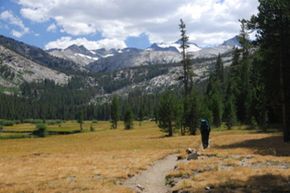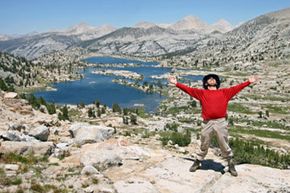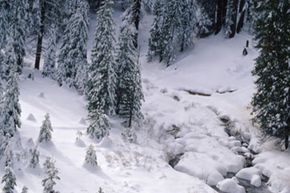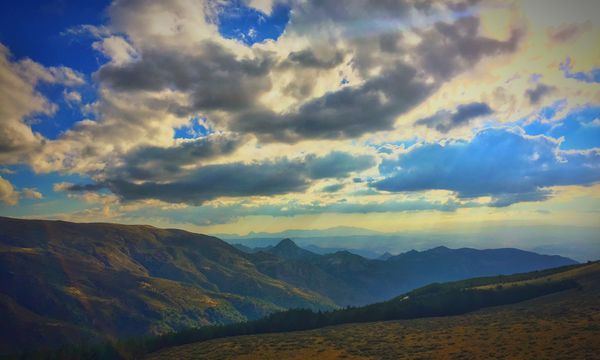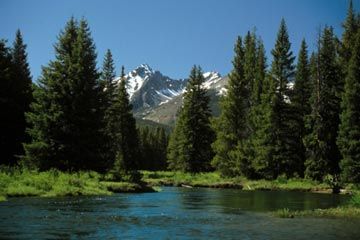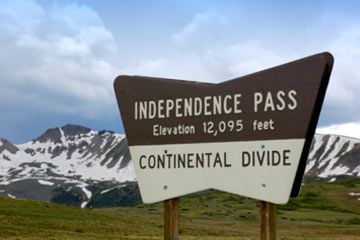If you're familiar with the famous nature photographer Ansel Adams, you probably know that Yosemite National Park was one of his favorite places to shoot. Adams' time in Yosemite produced some of his most widely known masterpieces, including the familiar "Moon and Half Dome." But did you know that Yosemite National Park might not even have existed if not for a single man?
John Muir (1838-1914) is still one of the world's most renowned naturalists and environmentalists -- and with good reason. He dedicated his life to nature and its preservation by founding and serving as President of the Sierra Club and spearheading conservation efforts that eventually led to the establishment of the U.S. National Parks Program. He even went so far as to spend three days Teddy Roosevelt make his case [source: The Sierra Club]!
Advertisement
In 1915, the year after Muir's death, the Sierra Club began constructing the iconic trail that would be named in his honor -- a stretch of more than 200 miles (322 kilometers) that spans three national parks [source: The Sierra Club]. In 1938, the trail was completed, and it remains one of the most popular and highly regarded hikes in the world today. Wooed by Muir's impassioned writings -- not to mention some of the most beautiful scenery in the U.S. -- nature aficionados hike the John Muir Trail to connect with what author James Vlahos calls Muir's "enhanced sense of discovery [...] to not just see the mountains but to feel them" [source: Vlahos].
If you hike the John Muir Trail (affectionately known as the JMT), you'll encounter the mountains that Muir himself treasured most. We'll explore the trail's topography on the next page.
Advertisement
